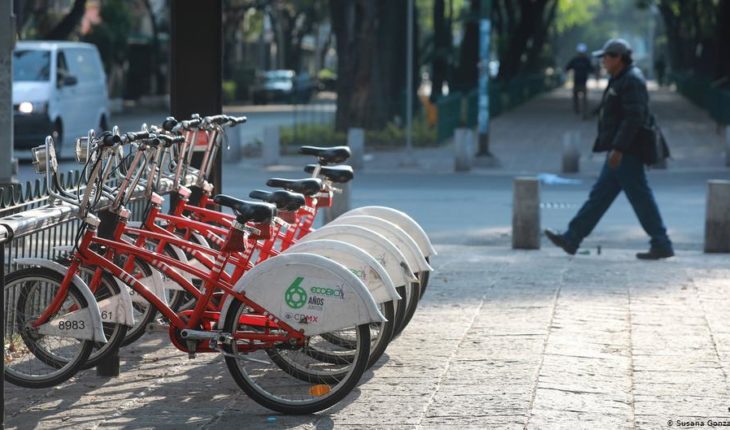The idea is not new. From September 2016, Sao Paulo (Brazil) were established in rewards to employees who choose this medium of transport. In addition to this economic advantage, the use of the bicycle brings environmental benefits in reducing gases de greenhouse effect and the improvement of the quality of the air. A trend consolidated in Europe which in Latin America should be facing various challenges to achieve its implementation.
The study “Ciclo-inclusion in Latin America, guide to promote the use of cycling as urban transport”, published in 2015 by the Inter-American Development Bank (IDB), points to Bogotá (Colombia) and Rosario (Argentina) as the cities with greater use of bicycles, with the 5 and 5, 3For % respectively.
Argentina began more than 30 years ago to promote bicycle. “Rosario, has a recreational Street where 28 km prevents the movement of motor vehicles on Sundays from 8:30 to 12:30, where come on average 50,000 people every Sunday”, said Javier Cantarella, extrabajador of city transport agencies of Rosario.
However, also report to Bogota as the city with largest number of travel bike per day, with 611.472, followed by Santiago, with 510.569. After analyzing 56 cities in the region, the report counted an infrastructure of 2.513 km cycle, being the city with the most (392 km), Bogota and Monterrey with the minor, only 0.4 km. And is that according to another study, ‘Learn from neighbouring countries, experiences of Latin American cities to promote the bicycle as a mode of daily transportation’, there is a clear relationship between the construction of infrastructure and the increase in the use of the bike.
Political will
In addition to investing in cycling infrastructure, we must “winning secure bicycle mobility development space and adding bicycle quality public services”, said Cantarella, currently Undersecretary of planning of transport of the Province of Santa Fe (Argentina).
Mexico City has the largest number of public bicycles in the region. Launched in February 2010 with 84 cicloestaciones and 1,200 bicycles, Ecobici public bicycle rental service, currently has 480 stations and more than 6,800 bicycles, of which 28 stations and 340 bikes are electric.
It was created after carrying out a diagnosis to develop a strategy of bicycle mobility. “Discussed the transport system that fails to connect residents of door to door,” recalled Iván de la Lanza, who worked for eight years in local government mobility strategy.
Of the Lance underlined some of the conditions that led to the service, which “represents a milestone in Latin America”, as the fact that “50 percent of trips are 8 km or less, very affordable distance cycling and public transport”.
So after implementing recreational pathways, it launched service to begin to build the network of 300 km of bike paths, of which there are currently 171 km.
Obstacle courses
In addition to political and economic factors, there are various social problems to be resolved as “insecurity and low culture of road safety”, said Daniel Peláez, one of the authors of the comparative report. Thus highlighted the “problem of robberies and killings of cyclists that today affects Bogotá”, a shame, considering that “it is impossible that these modes will prosper in a region with the highest violence of the world.”.
Finally there is other cultural aspects that mark the mentality of the region, as “car is associated with a particular status which the bicycle has been unable to replace. on the other side, the argument of sustainability is not enough for making the paradigm shift politically profitable”, said Florence Rodriguez, another of the authors of the comparative study.
For this reason, it was considered that “civil society organizations are key to push the political will”. In the case of the Mexican capital, “has been crucial to give continuity to the Government efforts,” he told DW Areli Carreón, founder of the entity Bicitekas. “The constant demand for greater investment and public policies for sustainable urban mobility are beginning to bear fruit. The law of mobility, among other regulatory instruments, were developed and driven by civil society organizations specialized in mobility and road safety”, welcomed.





